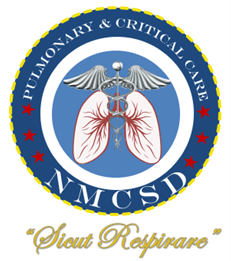- Each fellow is required to maintain an up-to-date personal procedure log to document the successful completion of required procedures. These logs will be reviewed semi-annually to ensure that the fellow is acquiring the necessary caseload and accurately depicting their developmental milestones. At a minimum, the log should document:
- Date of procedure
- Patient identification
- Attending staff physician’s name
- Name of the procedure
- Any ancillary or therapeutic procedures performed
- Complications encountered.
- The fellows will submit a procedure summary Excel document to the Residency Program Administrator (RPA). This document, along with the procedure log, will be regularly reviewed by the program director.
- Procedural competency is not determined by merely quantifying the number of procedures performed. Instead, competency is evaluated by considering a combination of the volume of procedures, faculty observations during procedures, and, where appropriate, simulation exercises used to both increase volume and assess trainee competency.
- Even though a specific minimum number is not required to establish competency, fellows are required to actively participate in a certain number of key procedures ahead of graduation to ensure sufficient procedural exposure. The target numbers for these essential procedures are as follows:
- Bronchoscopies: 100 procedures
- Thoracentesis: 20 procedures
- Chest tube insertions: 10 procedures
- Endotracheal intubations: 50 procedures
- Cardiopulmonary Exercise Testing: 10 tests
- Percutaneous Tracheostomies: 5 procedures
- EBUS procedures: 30 procedures
- Central Venous Catheter insertions: 15 procedures
- Arterial Line insertions: 15 procedures
